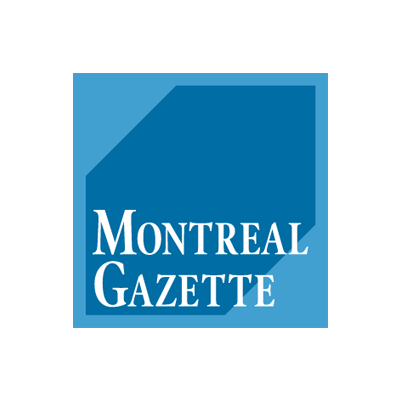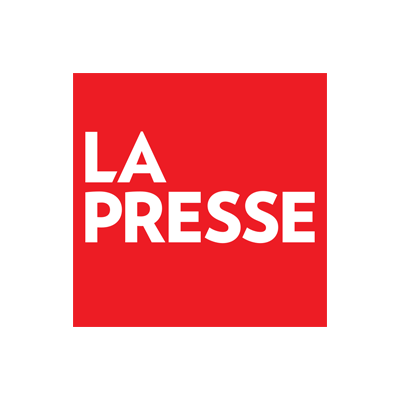Bursitis, tendinitis, and shoulder impingement syndrome
You deserve the very best care.
What are the signs of shoulder impingement syndrome?
Impingement is caused by a painful pinching of the rotator cuff. It can be felt when making sweeping shoulder movements, in other words, when lifting the arms completely and repeatedly in front of you or to the side when combined with certain other types of rotation. Pain sets in gradually and occurs especially at night when sleeping on your stomach.
What are the possible repercussions?
Impingement is primarily a mechanical issue. The presence of bone spurs, which usually appear in patients over age 40, are a major contributing factor. Poor posture and repetitive, incorrect lifting movements can also lead to the onset of symptoms.
Over the long term, impingement can result in inflammation (tendinitis) and lead to the full or partial tear of the rotator cuff.
What are the non-surgical treatments?
There are several alternatives to surgery to treat patients suffering from bursitis, tendinitis, and shoulder impingement.
What is the surgical treatment?
Dr. Beauchamp uses a surgical technique called arthroscopic bursectomy and acromioplasty that involves creating more space between the rotator cuff and bone growths by removing the coracoacromial ligament and thinning out the surface of the bone.
About the procedure
- Outpatient arthroscopic procedure (very small incisions using very small surgical instruments)
- Length of procedure: 30 to 40 minutes
- Regional anesthesia (the entire arm and shoulder are blocked) by an anaesthesiologist. The patient remains conscious during the procedure.
- If the patient would like to be sedated, a mild, short-acting sedative can be administered.
Post-surgical recovery
Patients may be escorted home approximately one hour after their procedure. Numbness in the shoulder wears off after approximately 6 to 12 hours. It is recommended that patients take pain relievers during the first few days after surgery. The arm should start being used the day following the procedure.
About recovery
- Patients can resume non-strenuous activities during the first week (cooking, driving, writing).
- Patients can resume moderate activities after two months (golf, skiing, cleaning).
- Patients can resume more strenuous activities after four months (exercise, swimming, tennis, carpentry).
- Recovery rate: 90%
- Complication rate: less than 1%
Ease your pain fast
Dr. Marc Beauchamp: the doctor for shoulder and elbow pain





